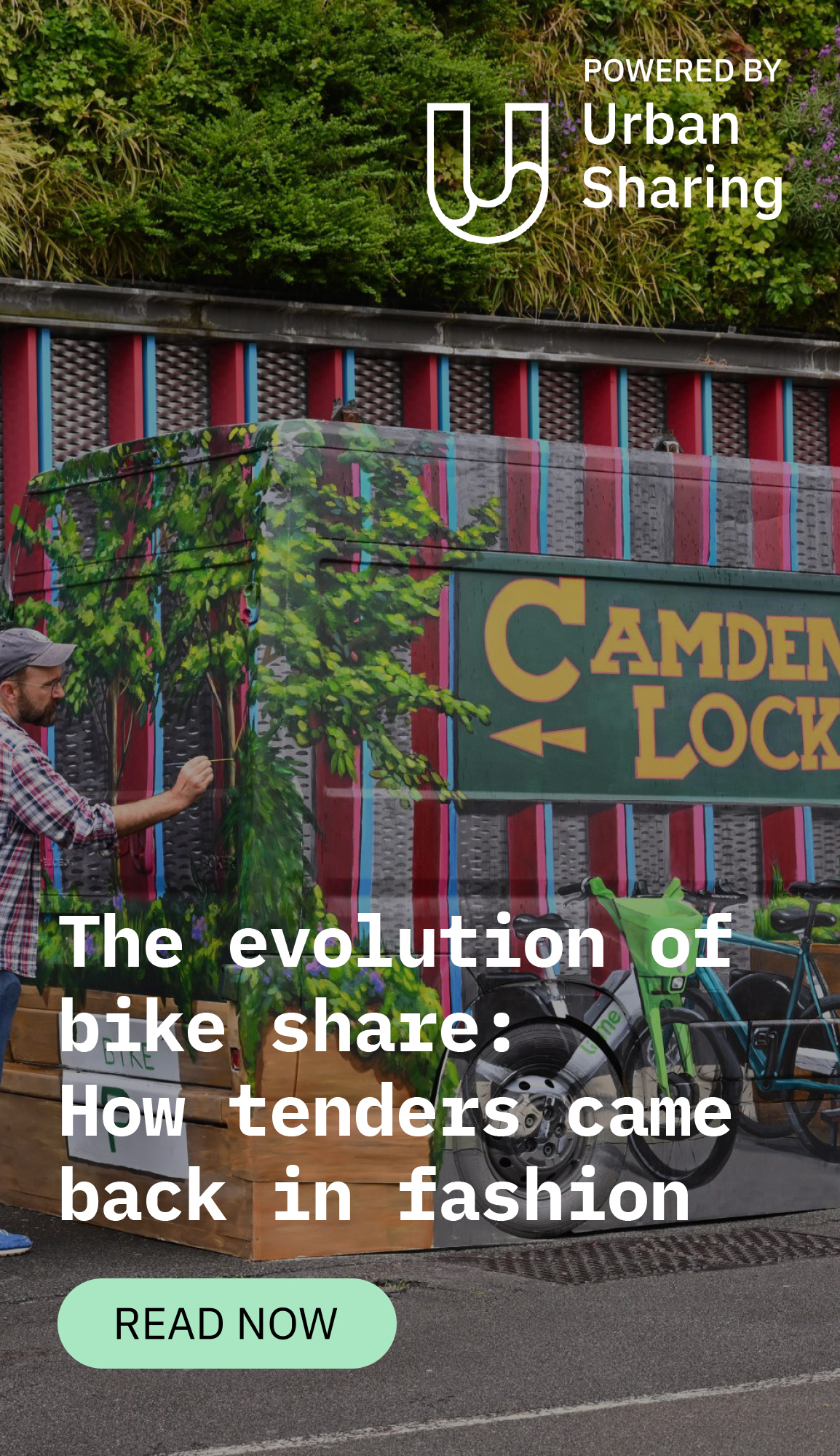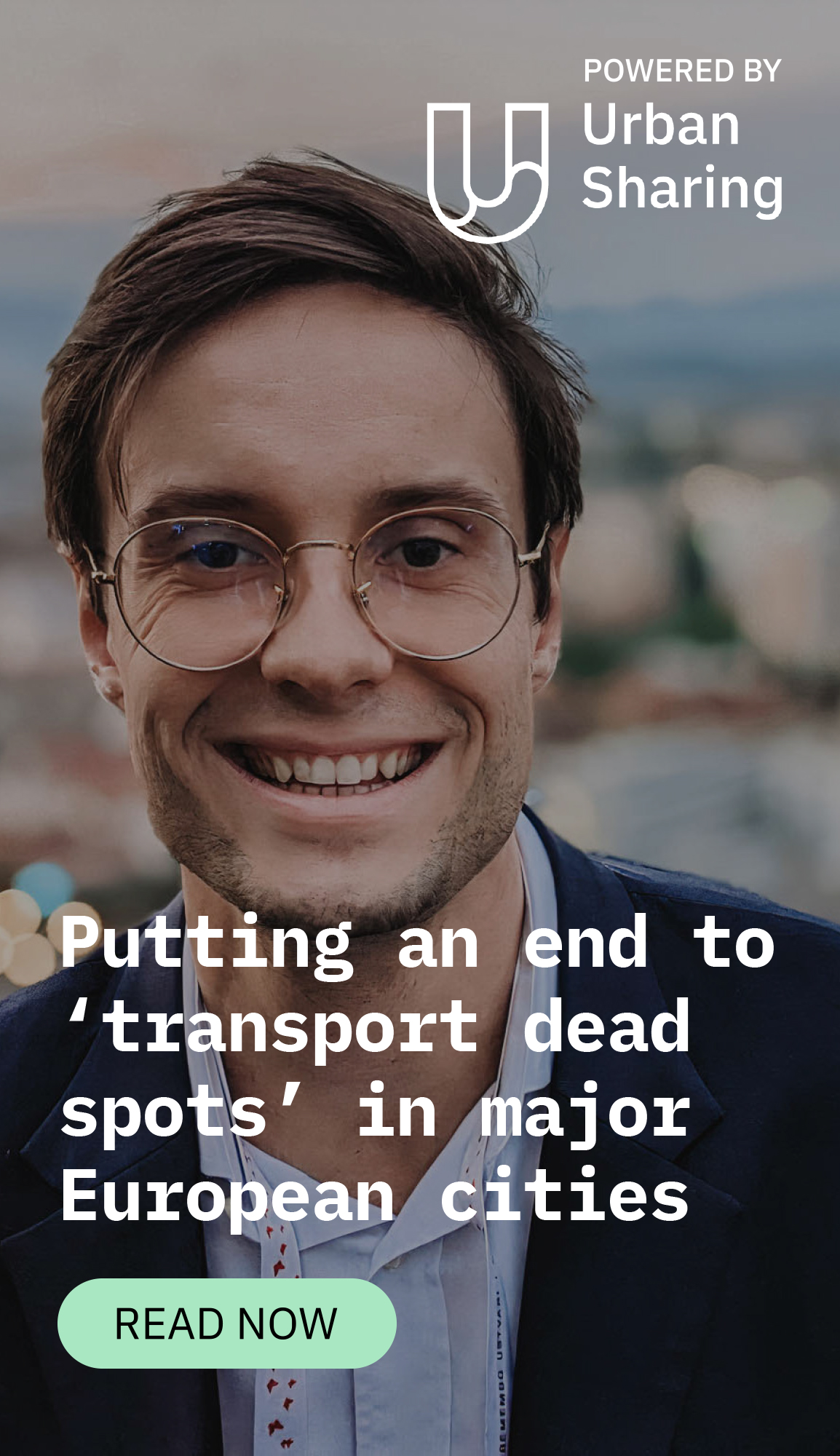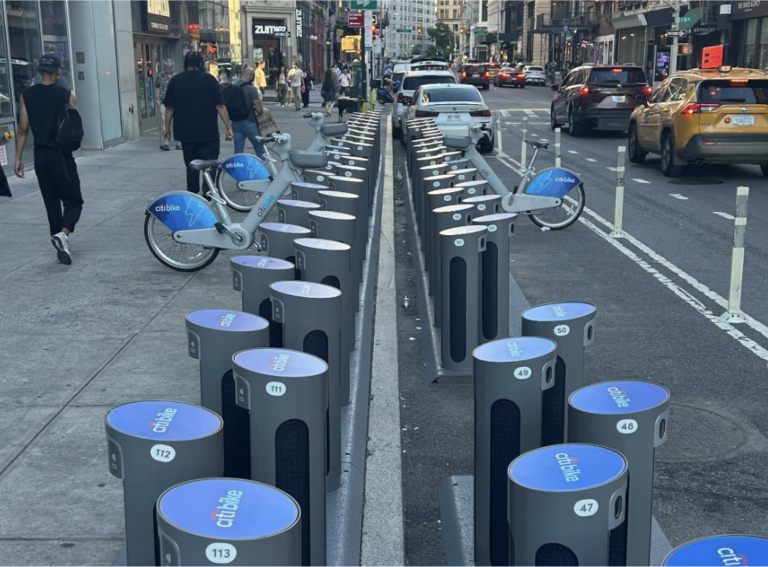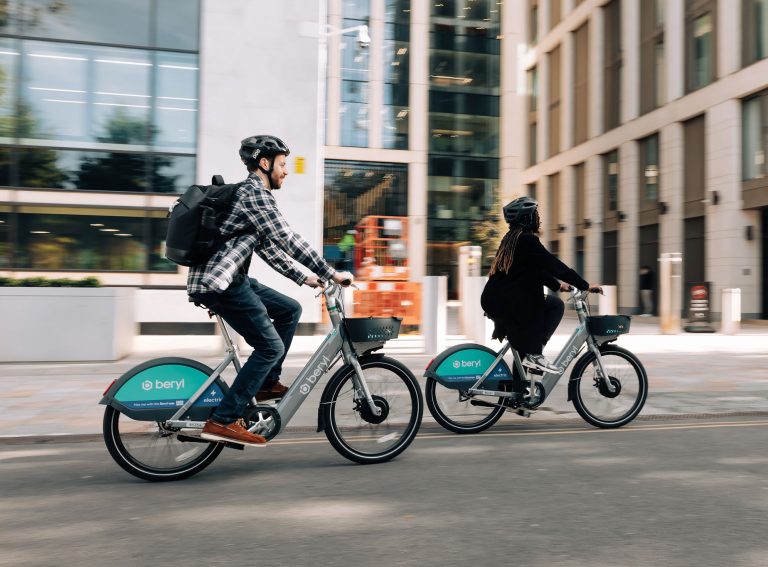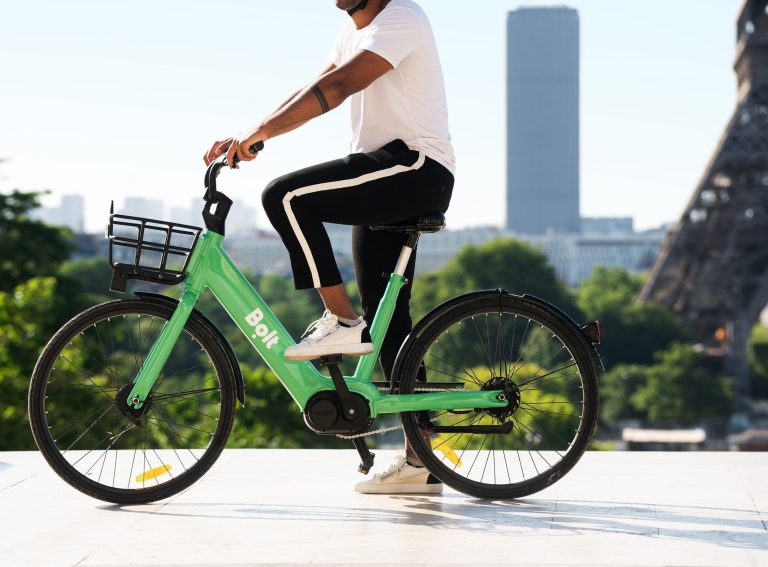Author: Philip Ellis, CEO and Co-Founder of Beryl.
“If you build it, they will come” – undoubtedly a nice mantra, but the reality of getting people out of the car and onto two wheels isn’t that simple.
Providing infrastructure can remove the barriers to getting people travelling more sustainably in towns and cities, but we must go beyond merely building it in the hope that people will use it.
Investing in active travel
The government has just announced that it will be investing £3.78bn in active travel schemes until 2025 as part of its refreshed cycling and walking investment strategy.
Trudy Harrison, the minister responsible for active travel, said that the increased funding was part of an “ambitious” strategy to ensure that half of all journeys in towns and cities will be walked or cycled by the end of the decade.
The huge increase in the popularity of active travel during the pandemic showed that the appetite is there. We must not lose that opportunity as road traffic creeps back to previous levels and the cost of living and fuel continues to rise. We need to deliver new infrastructure, but we need to deliver it correctly.
Solent bike-share given green light
Last week we were delighted to be announced as the delivery partner for Solent Transport’s new bike and e-bike hire scheme. Our experience tells us that, when you deliver active travel solutions in partnership with cities and in consultation with communities and key stakeholders, you provide the best possible service for users. If schemes are tailored to best suit the communities that they serve, then people will use them.
Lessons from Norwich
Our Norwich scheme for example, which offers bikes, e-bikes and e-scooters, has amassed nearly 600,000 journeys since it was launched on Tuesday 17 March 2020. This equates to a total distance of 1,855,828 km, the equivalent of over 46 journeys around the Earth. Based on industry calculations, this has led to a saving of nearly 70 tonnes of carbon dioxide emissions; the equivalent of around 407 airline flights from London to Edinburgh or 4,641,578 boiled kettles.
Feedback from 14,830 scheme users over the last 12 months has also shown that almost a third (28.8%) of our users’ bike, e-bike and scooter journeys have replaced road transport journeys – including driving or being a passenger in a car/van, using a taxi or riding a motorbike/moped. Our users are telling us directly that it’s influencing a change in their behaviour and it was the meticulous planning that went into the scheme’s development that’s enabling this.
Working closely with Transport for Norwich (TfN), we sought to take advantage of the city’s already excellent ‘Pedalways’ cycling infrastructure. These seven colour-coded cycle routes total 58 miles, with five radiating out from the city centre and two more forming an inner and outer circuit around Norwich. The introduction of the routes had already led to a 40% uplift in the number of people cycling across the city, so our scheme was introduced to build on this.
We felt that offering more people greater flexibility and choice of sustainable transport options was key to getting people out of their cars for short inner city journeys.
With 50% of areas in Norwich considered to be in the 10% most deprived in the country, it therefore made sense to increase people’s access to a bike – one of the most cost effective ways to get around.
However, by offering a choice of transport options under the same operator scheme – the first of its kind in the country – we were able to widen its accessibility. E-bikes, with their extra power, can be used by those less physically able to make short journeys as well as for longer, more physically challenging ones. Alternatively e-scooters can provide a more accessible option for people with some physical disabilities.
The locations of the scheme’s 93 parking bays were also vital in making the scheme as accessible as possible and were decided following extensive consultation with members of the public, businesses and TfN. Consequently, 112,400 people – 60% of the service area’s population – are just five minutes’ walk from one of our bays.
Safety was another vital planning consideration, as we know that concerns over it can be a major barrier to people adopting sustainable travel habits. To help overcome this, we worked with Norfolk County Council to develop and launch incentivised online and in-person training sessions for e-scooter use. These sessions focus on users’ roadcraft skills and their ability and awareness when sharing road space with others.
After the initial novelty has faded, infrastructure can soon become a white elephant if it doesn’t evolve or isn’t managed properly on the ground. Our on-street teams prevent this by looking after scheme practicalities, such as moving vehicles to empty bays or quickly finding and returning lost or stolen ones. Where possible, sustainable cargo bikes are used to do this.
Our UK developed technology, which is also used by London’s Santander Bikes and West Midlands Cycle Hire, makes this a lot easier. Each vehicle has a self-contained suite of onboard sensors to alert the system to events of interest as they occur, such as whether a bike is secured in a dock. Alerts are processed, logged and quickly made available to scheme operators to take action, reducing the chances of bikes being irreparably damaged or permanently lost. It also enables the team to always exceed their target of rebalancing the bikes at key hub locations within one hour. In short, it’s conducive to delivering a great service to users.
For me, our Norwich scheme shows why the government’s commitment to long-term investment in reliable infrastructure is so exciting. It’s a real opportunity to make a difference and deliver the solutions that can have a lasting impact.
But we must all play our part, and local councils and city regions should embrace opportunities for change, so everyone has the chance to be free from expensive and pollutant car overuse.

